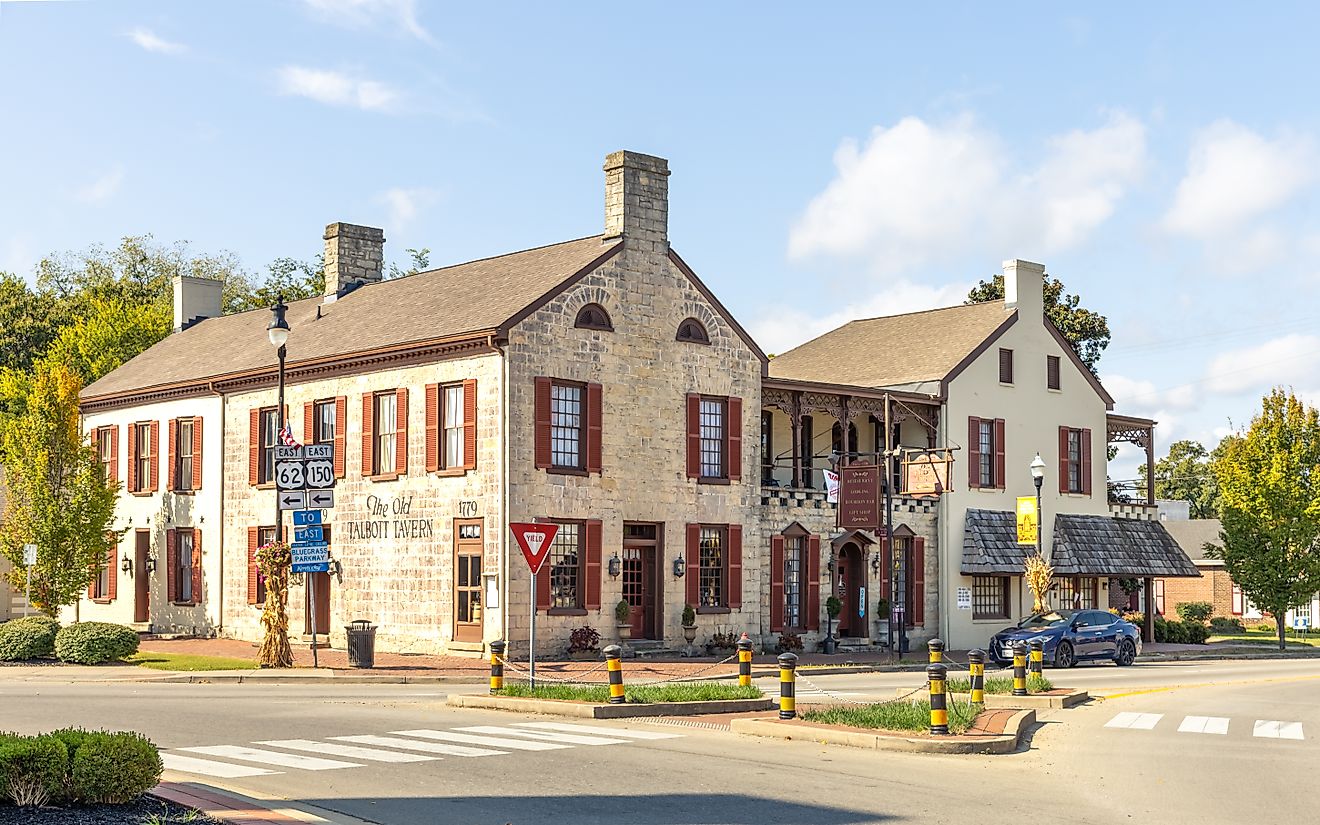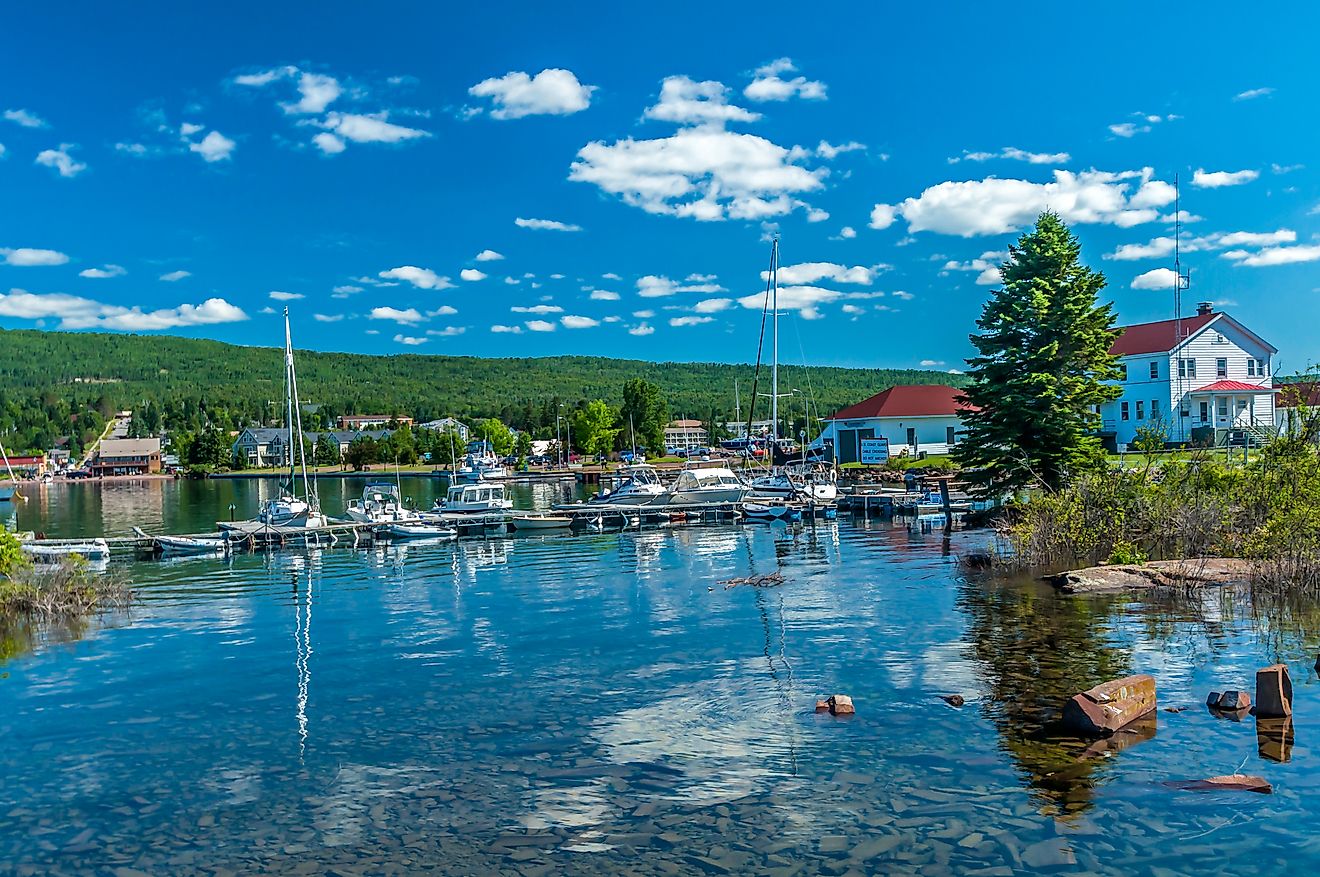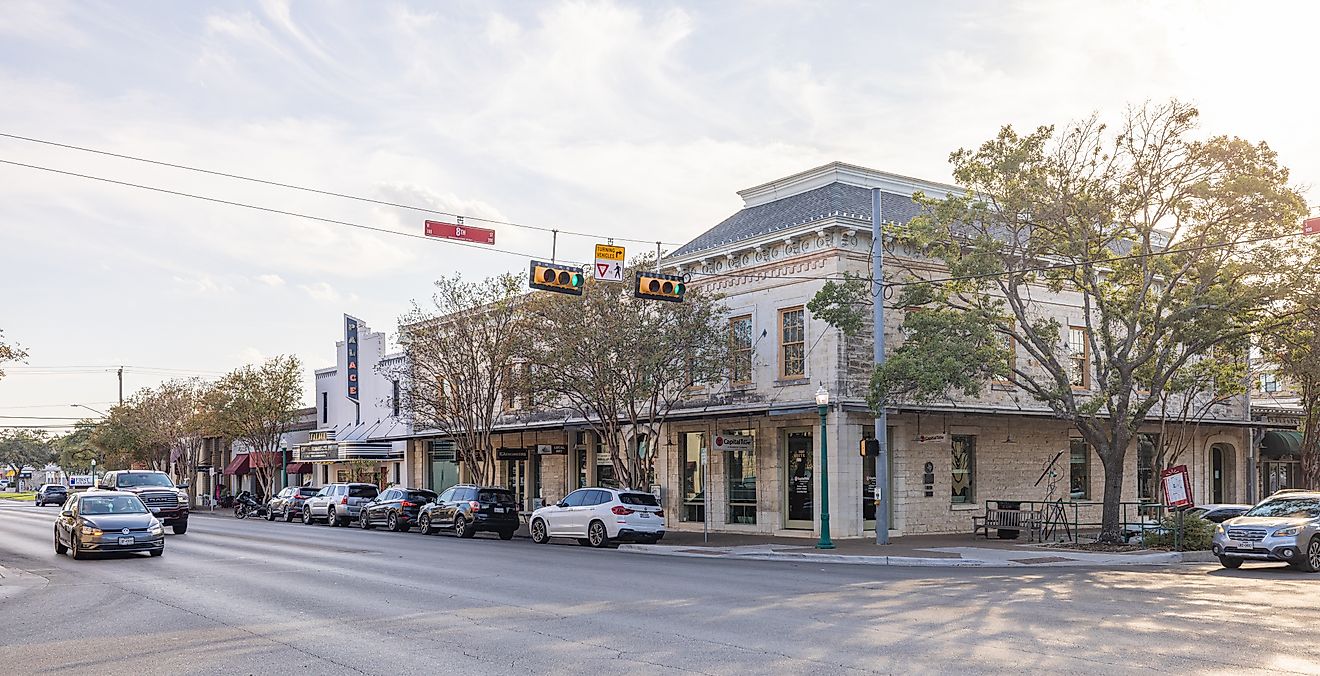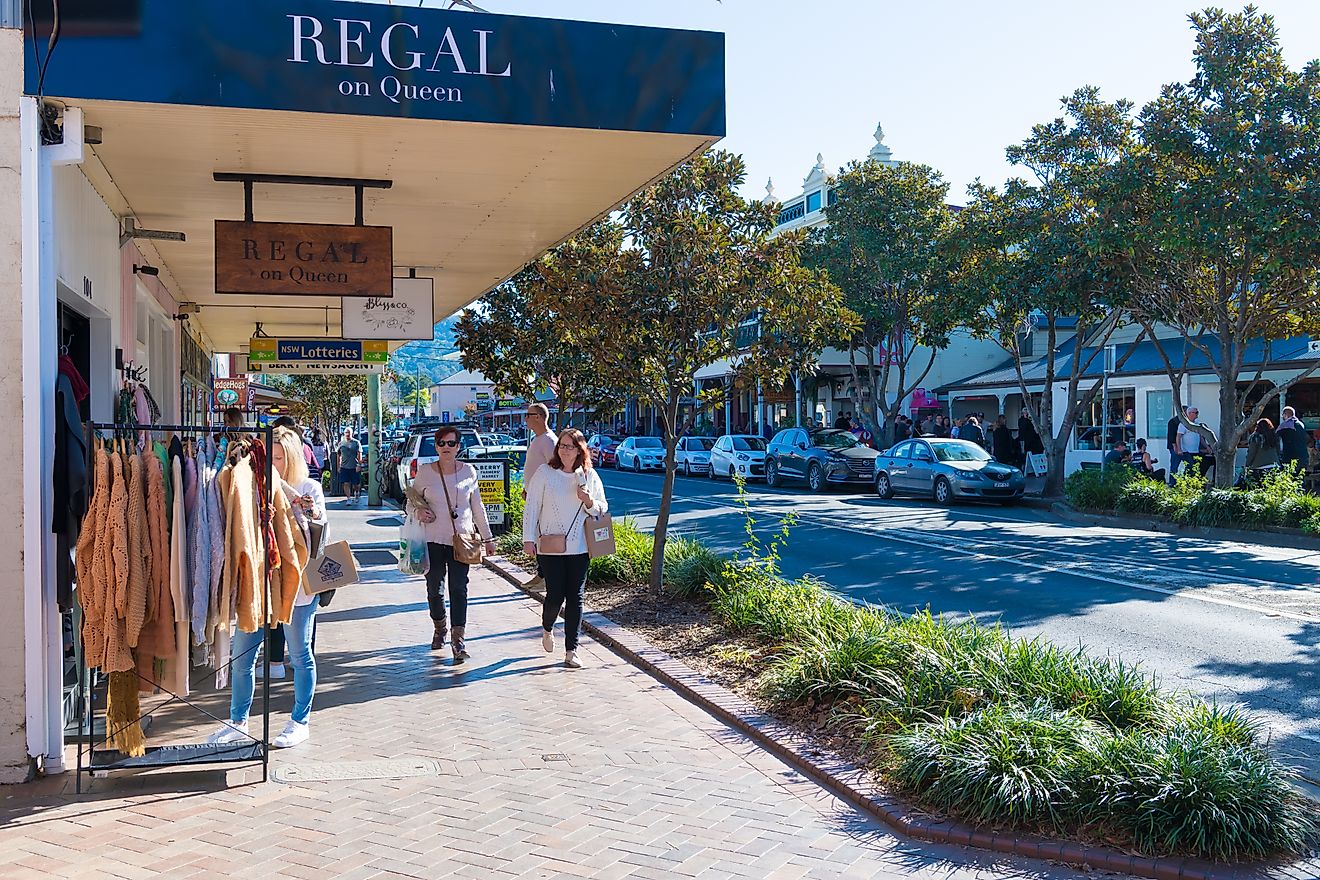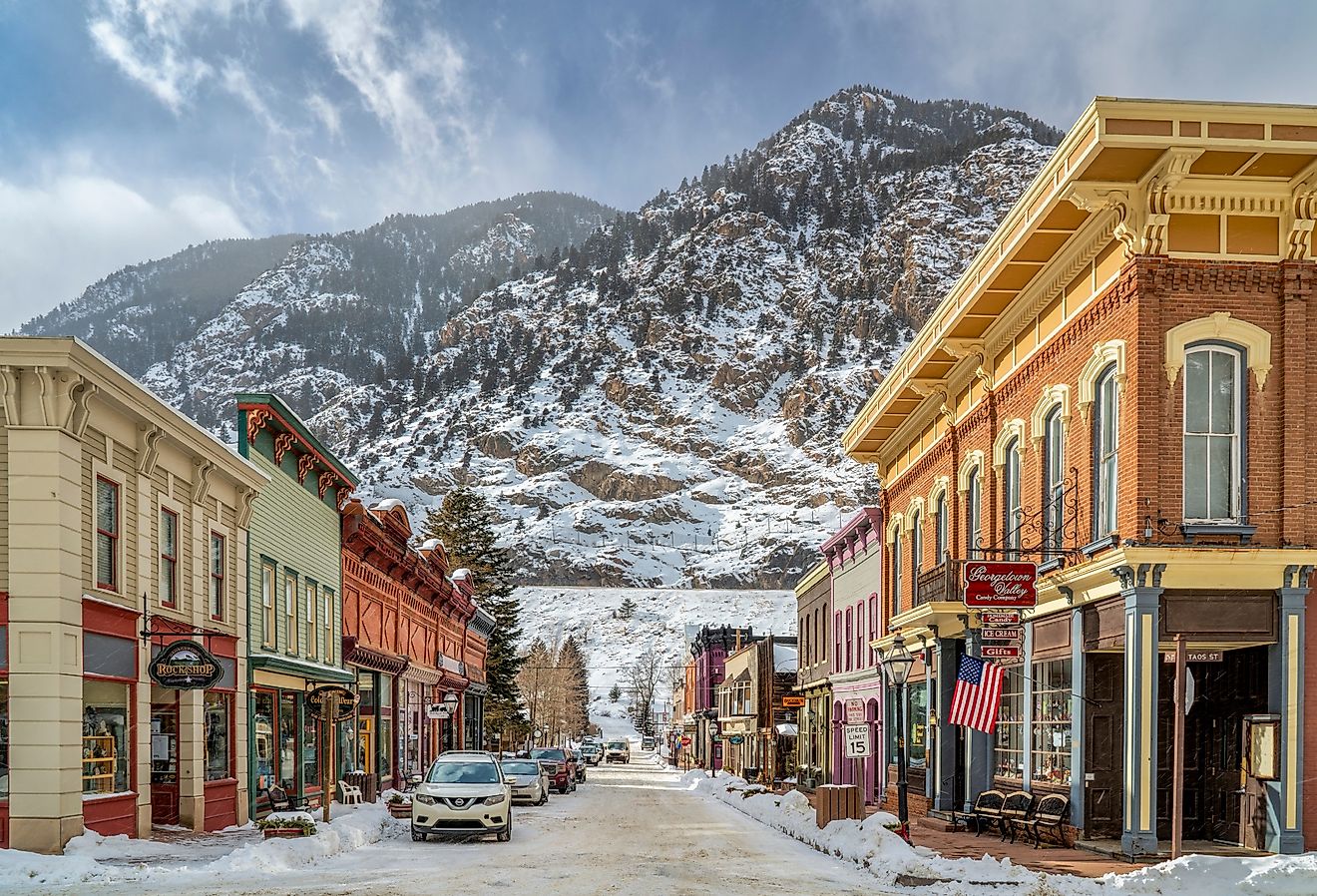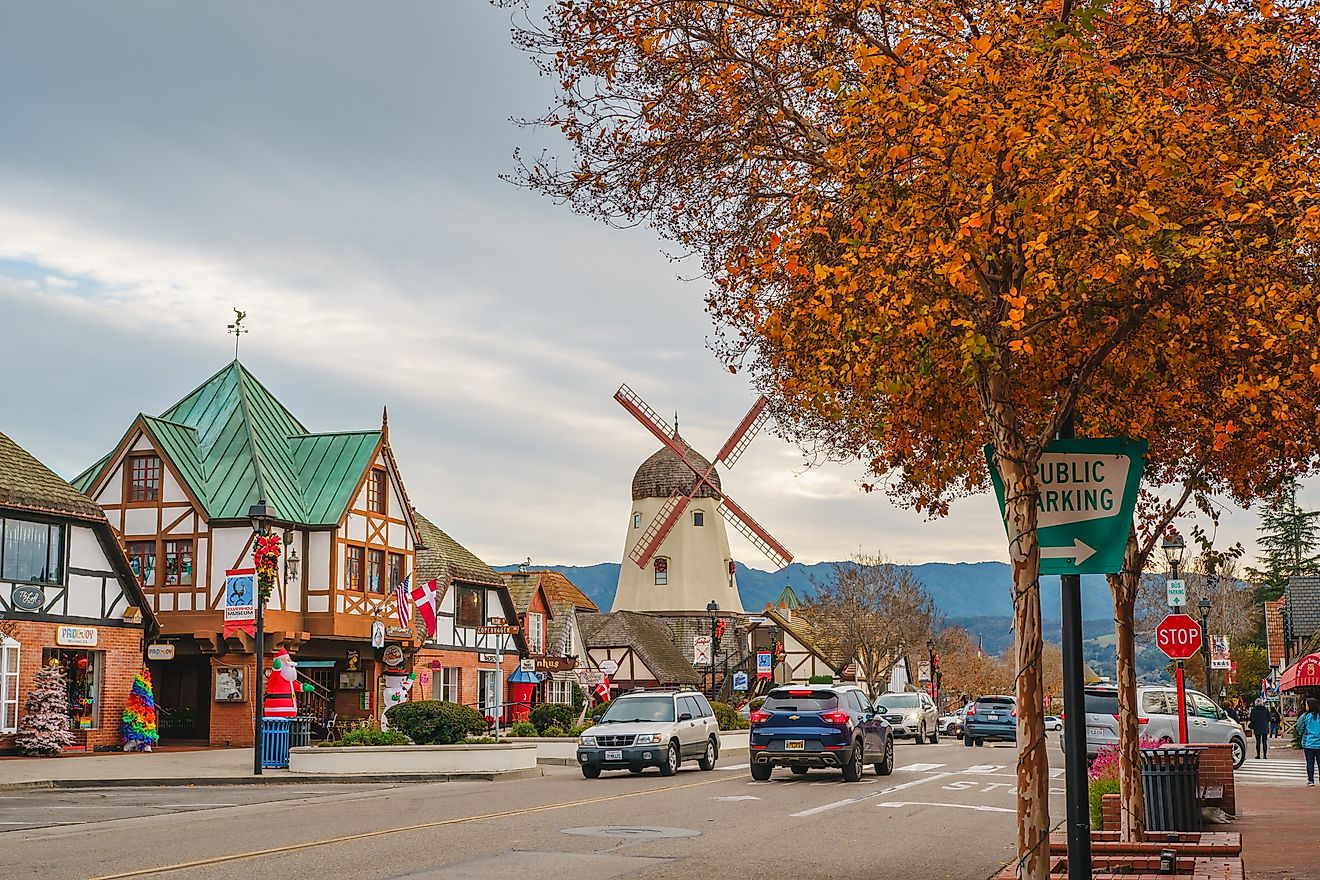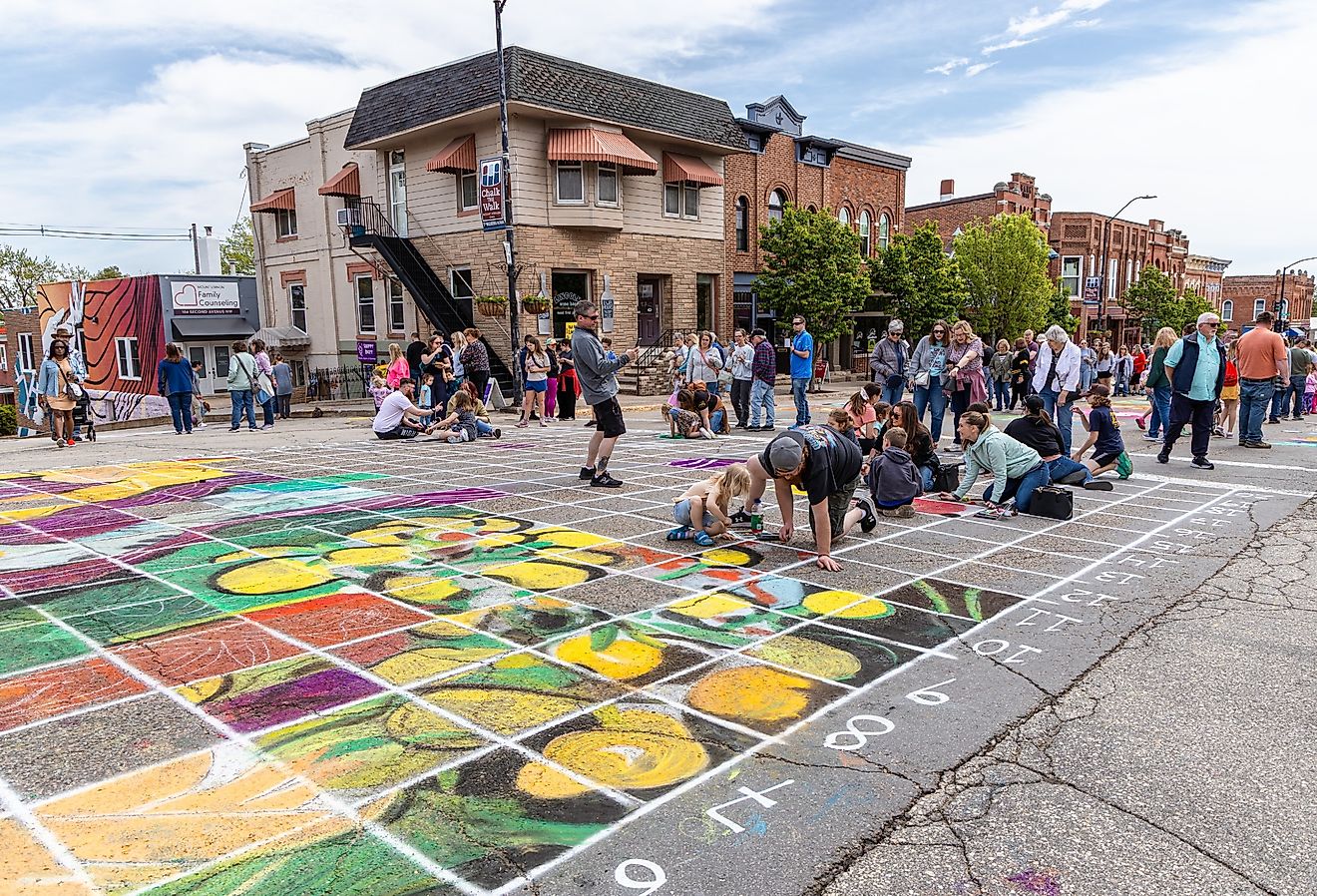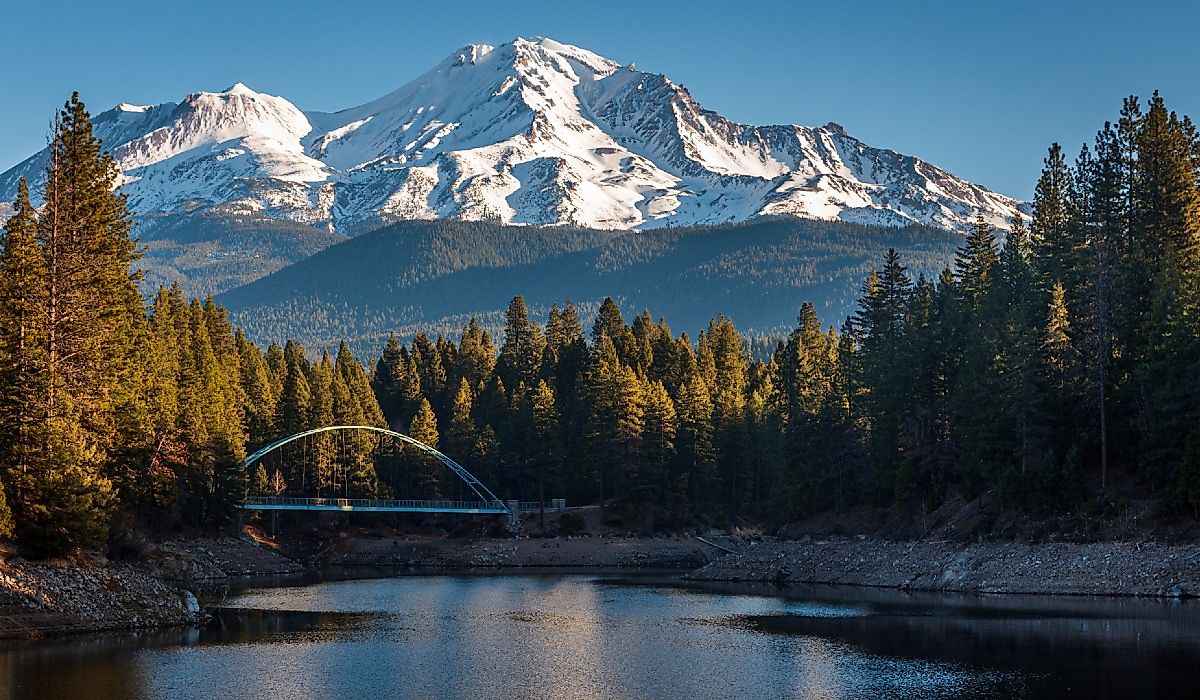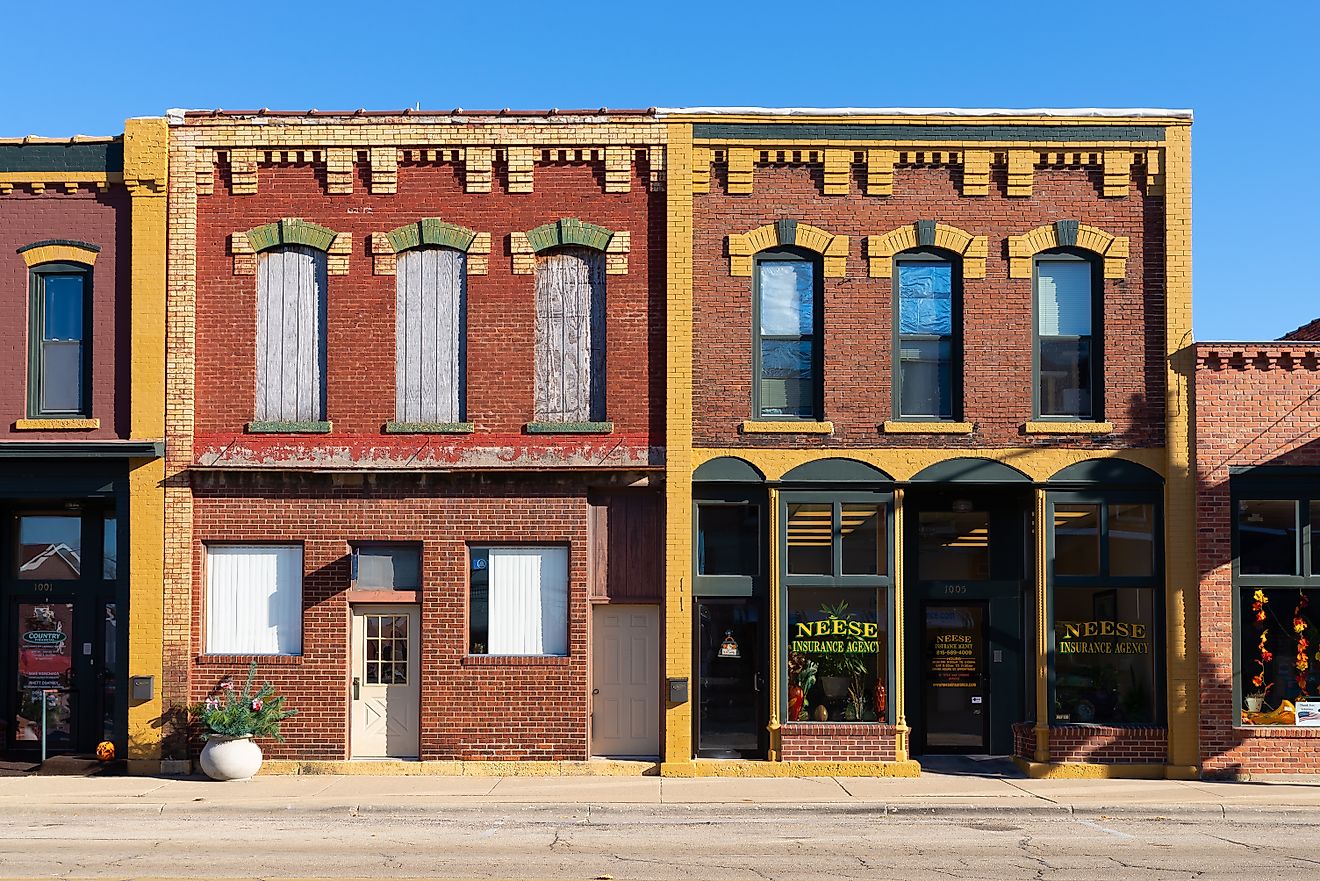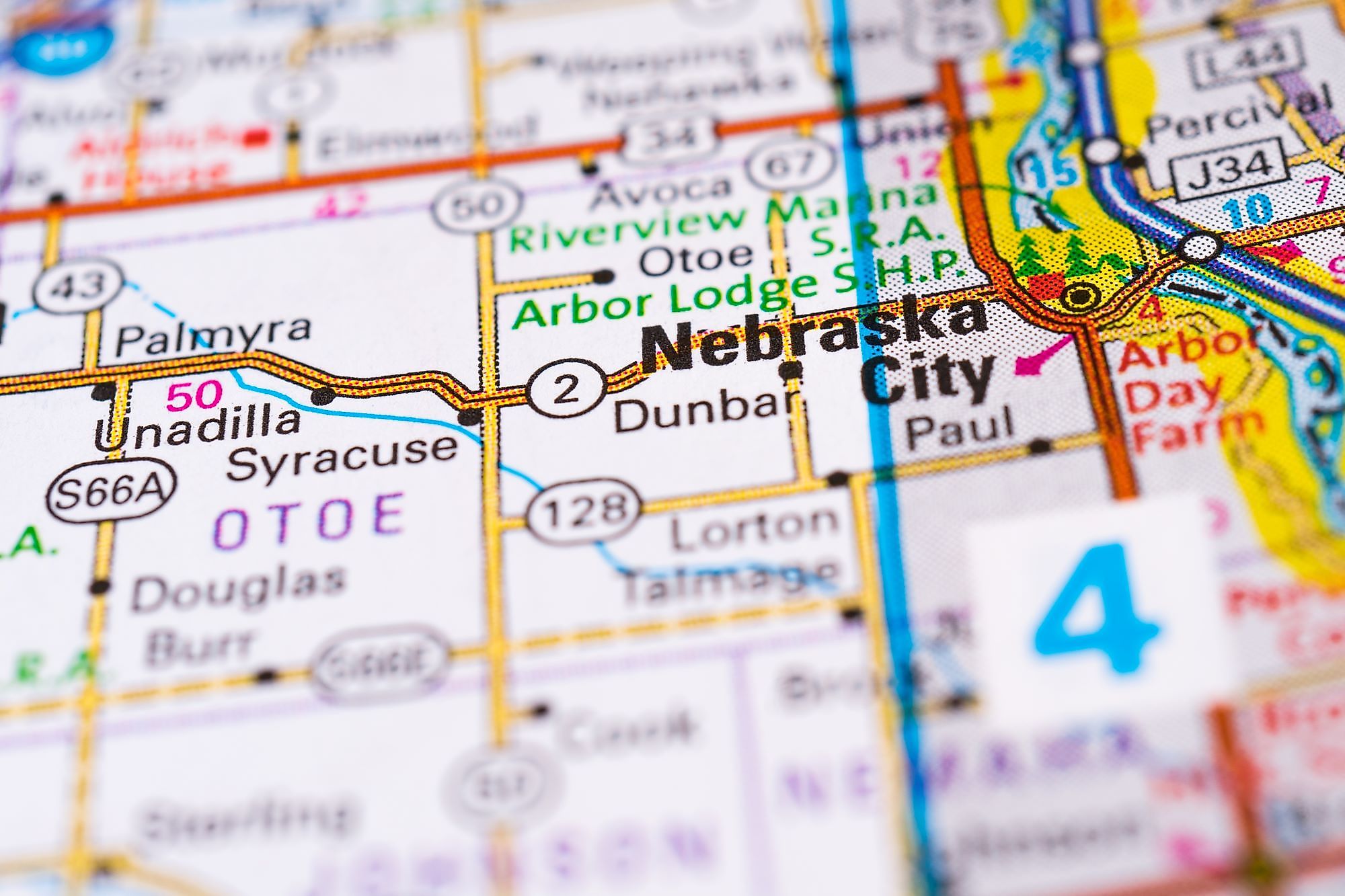
Nebraska City, Nebraska
Being the Otoe County's county seat, Nebraska City is one of the oldest cities in the US state of Nebraska. The city is situated on the western shores of the Missouri River, which proved to be of a great advantage militarily, commercially, domestically, and industrially. Nebraska City is currently planning a redevelopment plan to reinvigorate the area and fight back against the substandard conditions that are harming the community and city structure (as determined by Nebraskan law), which in turn deterred private investment requiring public intervention.
Geography And Climate Of Nebraska City
Nebraska City is located in the County of Otoe, in the southeastern portion of Nebraska. It is bordered directly by the Missouri River, one of the main rivers flowing through Nebraska from the east. Moving further in the river’s direction, the State of Iowa can be found. The closest major cities to Nebraska City are Lincoln from the east with a distance of 44 miles and Omaha from the north with a similar distance to the previous one, precisely 40 miles. Nebraska City covers a total area of 12.15 sq. km, all of which is occupied by land.
Nebraska City experiences a humid continental climate as per the Köppen climate classification, meaning it is inclined to face significant variations in temperature and precipitation annually. The average annual temperature is approximately 53.1 °F, with an average high of 78.6 °F during July and an average low of 25.7 °F during January. The average annual rainfall is about 37.1 inches, with January being the driest month with 1.1 inches and May the wettest month with 5.6 inches.
Brief History Of Nebraska City
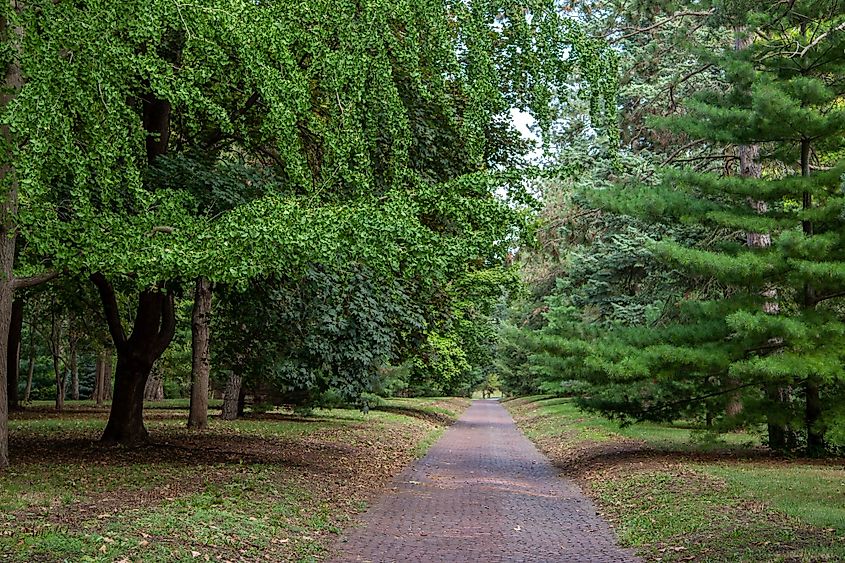
The earliest inhabitants of today’s Nebraska City were the Oto Indians. In 1804, the location was one of the destinations the Lewis and Clark Expedition had set foot on. The primary entity that started shaping Nebraska City was Fort Kearney, a military outpost that was established on the bank of the Missouri River in 1846 to take advantage of it in terms of transportation, which rendered the station a vital steamboat supply port. After the Kansas-Nebraska bill was passed in 1854, settlement in that region was permitted. During the years that followed, Nebraska City started taking the form it has today. In 1855, both Nebraska City and Kearney City became incorporated, followed by South Nebraska City in 1856. Finally, all three townsites joined together in 1857, resulting in the structure of today’s Nebraska City. The first settlers of Nebraska City observed a lack of wood resources, which made the state start incentivizing agriculture and planting trees. Gradually, Nebraska City started shaping a biodiverse environment, especially with the orchard and arboretum that was set up by the forthcoming Secretary of Agriculture, J. Sterling Morton, and the founder of Arbor Day. Initially built in 1879, his mansion was restructured later to become today’s Arbor Lodge, a significant touristic attraction in Nebraska City. After Nebraska was incorporated into the United States, Nebraska City witnessed social and industrial development, most notably the construction of the Burlington and Missouri River Railroad in 1871, which boosted the manufacturing business by the enabled transportation of local goods. The swift growth Nebraska City witnessed at that time led to the increase in population.
The Population And Economy Of Nebraska City
As per the latest US Census, Nebraska City has a population of 7,202 people, of which 52.2% are females, and 47.8% are males. When it comes to age demographics, it is estimated that 8.7% of the population is under five years old, 25.3% of the population is under eighteen years old, and 18.4% of the people are more than 65 years. Concerning racial demographics, 88.3% of the people are white, 15.1% are Hispanic or Latino, and 1.3% are African American.
The median household income recorded as of 2020 was $56,947. The per capita income recorded was $27,678. The percentage of people in poverty was 18.0%. The total percentage of the population over 16 years old in the labor force was 67.3%, of which 64% were female, and 36% were male. The median gross rent was $746, and the median value of owner-occupied housing units was $120,000.
Attractions In Nebraska City
Arbor Lodge State Historical Park and Mansion
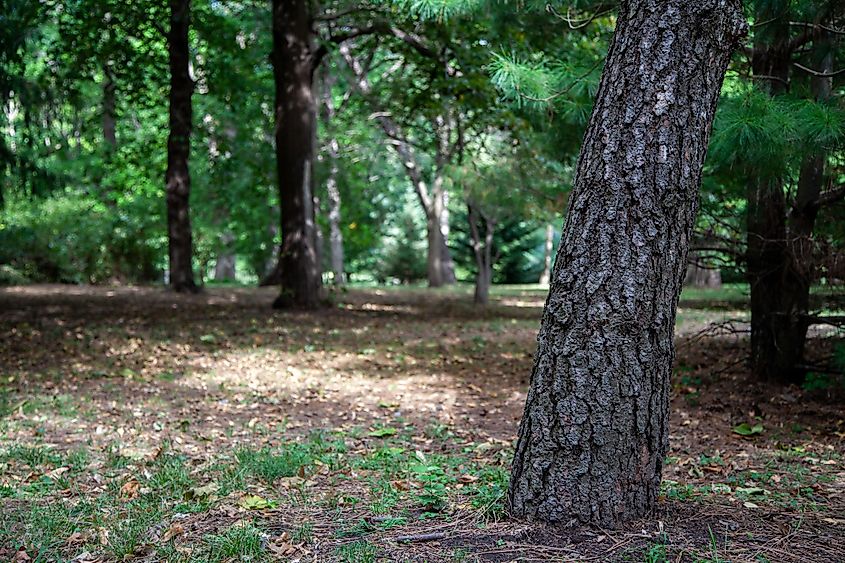
Initially built in 1879, J. Sterling Morton’s home underwent extensions to reach a 52-room mansion that resembled the White House over the decades that followed. The house is surrounded by a diverse environment of trees that Morton imported and planted. The mansion was transformed in 1923 into today’s Arbor Lodge, a historical monument among a biodiverse park that includes an arboretum.
Arbor Day Farm
If you are in the mood for natural adventures, the Arbor Day Farm perfectly presents 260 acres of greenery for exploration. It includes many activities such as hiking trails and ongoing events and games.
Missouri River Basin Lewis & Clark Visitor Center
The 79-acre center captures the very journey of Lewis and Clark. By trailing through the grassland, you will be able to observe the scientific discoveries documented by them through interactive experiences and exhibits.
Nebraska City has proved itself a worthwhile location for people looking to escape to nature and sense the midwestern ambiance. It comprises a wonderful mix of historical and countryside environments and presents a perfect opportunity for anyone looking for a diverse experience.

